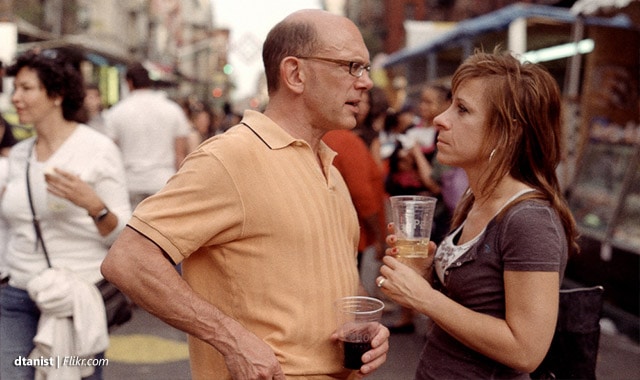So what do you do? It’s a question we all have been asked a million times it seems. Whether we are currently employed, but looking to switch careers, or are searching for a new position, it feels a little like a loaded question. Why?
Because the answer is so much more than just what you do for a living.
The key to proper visualization is to tackle each step in the process, to look at your fears, uncertainties and even the barriers to your outcomes and become comfortable with them, almost as if it were a rehearsal.
“What holds us back from answering is often a disconnection from our narratives—the story that tells the listener where you’re from, who you are, and where you’re going. Your narrative is not just a powerful source of connection for strangers over drinks, it’s also an effective tool for personal growth,” says author Sarah Kathleen Peck in her article Answering the Dreaded “So, What Do You Do?” Question.
Peck suggests using this question as a jumping off point to develop your personal narrative and visualize your future.
“… when we use visualization as a tool to deal with uncertainty by crafting future vision stories, we can improve our day-to-day performance, become more comfortable taking action and making changes, and prime ourselves to see opportunities that we might not have seen before.”
The Benefit of visualization
Visualization allows you to create a safe space to think about and understand possibilities and our potential. We can map out a plan where we would like to go and use that as motivation.
This is different than fantasizing or just getting lost in positive thinking. Usually when you are fantasizing about your dreams, you see only the end results: the big house, the big corner office, the big car, the big client and so on. While all that is great, it can set you up for disappointment, because those things aren’t all immediately attainable or even realistic. In fact, fantasizing can have disastrous results. How Our Brains Stop Us From Achieving Our Goals (and How to Fight Back) detailed a study of graduates who were trying to find a fulfilling job. Those who spent the most time fantasizing about their career end results had applied for fewer jobs, had been offered fewer jobs and if they were able to find work, had lower salaries.
This article quoted Jeremy Dean, a psychological researcher at UCL London and the owner of PsyBlog, as saying, “The problem with positive fantasies is that they allow us to anticipate success in the here and now. However, they don’t alert us to the problems we are likely to face along the way and can leave us with less motivation—after all, it feels like we’ve already reached our goal.”
The key to proper visualization is to tackle each step in the process, to look at your fears, uncertainties and even the barriers to your outcomes and become comfortable with them, almost as if it were a rehearsal. Visualize how you would handle each challenge on the way to your goals. Does step-by-step visualization work? It has for pro basketball player Steve Nash. Check out this study for more information.
Sketch out possibility scenarios
Our path in life is not a one-way road. Take a look at your career so far. How many times did it take a twist that you were not expecting or certainly would not have predicted when you were first starting out?
When you think about it, there are infinite possibilities for your future narrative; you just have to do a little priming to get your brain to see those possibilities a little differently.
To do this, sketch out several possibility scenarios. Maybe it’s becoming CEO of a company, maybe it’s becoming a writer or opening your own consultant business. Then, start priming your brain to see the opportunities that fall in line with the vision, so you become more comfortable with them.
“By priming yourself with this narrative, in turn, you’ll begin to piece together openings in your present world that make sense with the visualizations you’ve crafted.”
In addition to priming our brain with the narrative, one simple practice can lead to real results: take your possibility narratives and delete all the future tense from the story. Imagine the narrative is describing you now. For example, if your narrative was to be a bestselling novelist in 10 years. Now, it is that you ARE a bestselling novelist. And what do bestselling novelists do? They write. So you can finish that piece you are working on, rather than give into that little voice in your head that says, “I don’t know how.” In other words, instead of telling yourself you can’t do something, you just bring your future narrative to the present and tell yourself you are already doing it, says Peck.
And most importantly, the next time some asks you, “What do you do?” you can confidently tell them with confidence that you are a writer. Because, you are.
